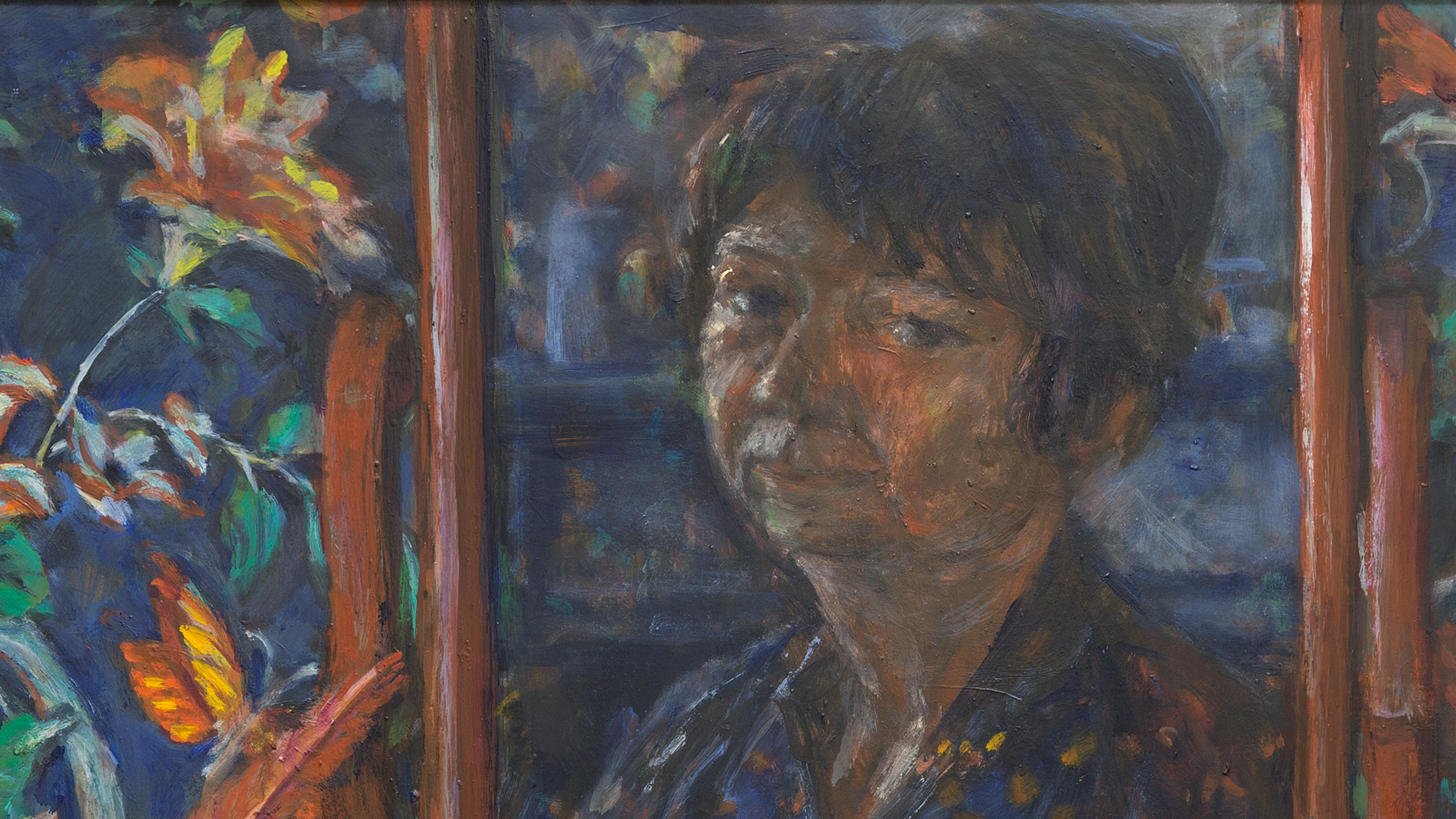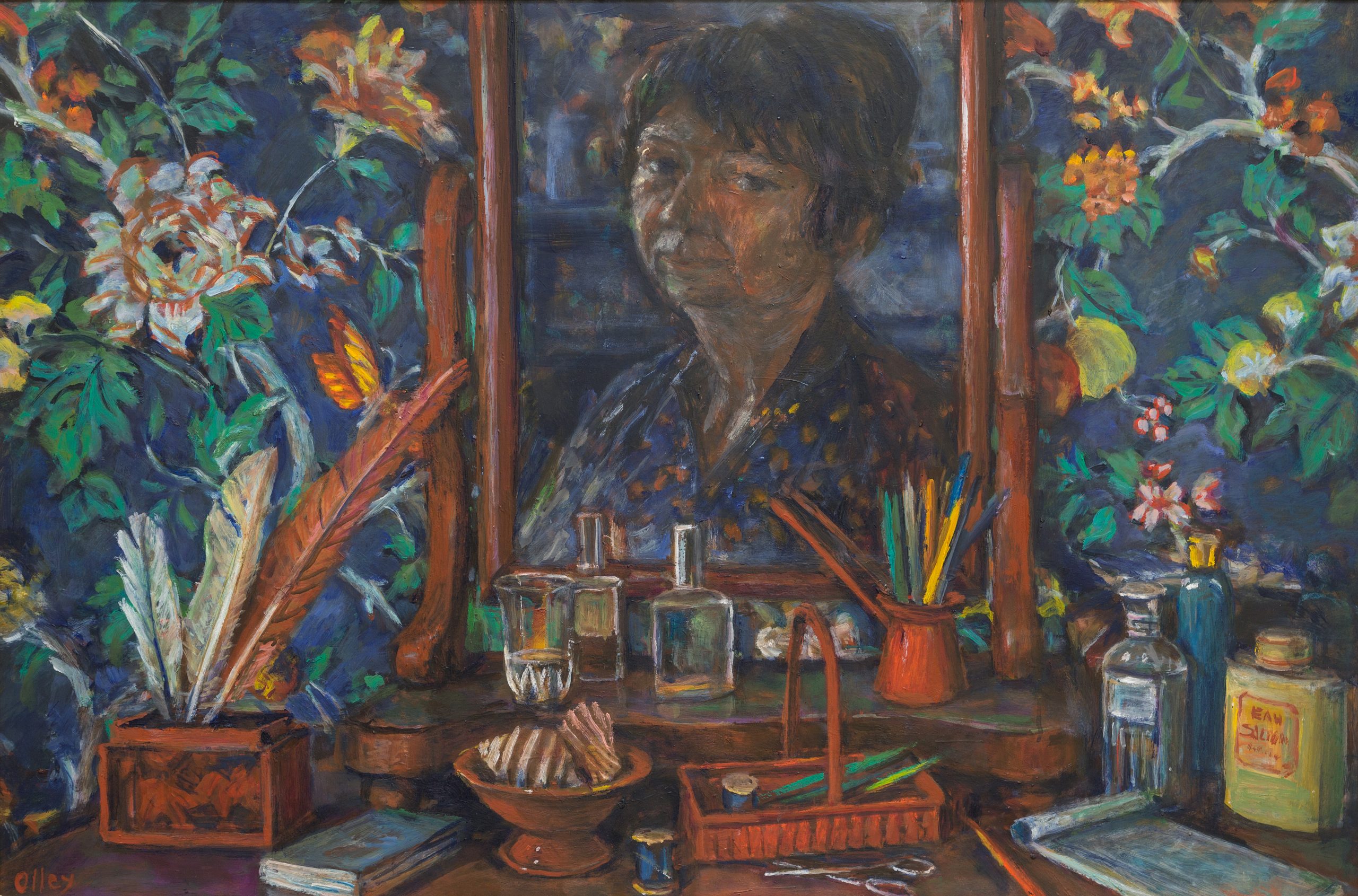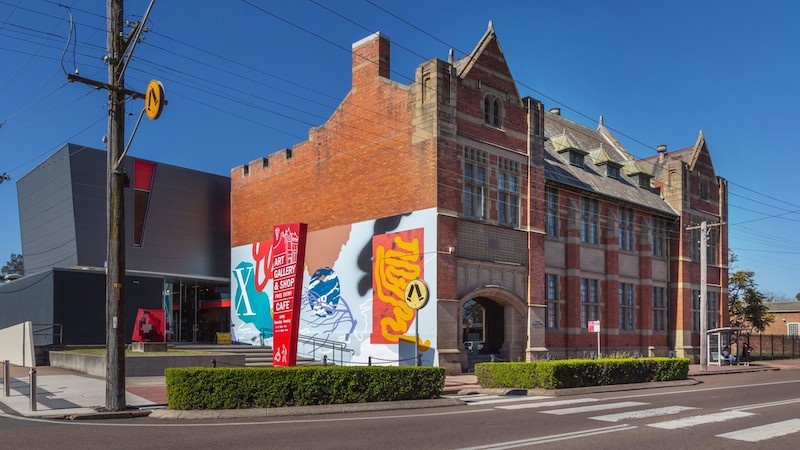A Natural Intimacy
Reflecting on the Life of Margaret Olley
In her Brisbane school days, Margaret Olley (1923-2011) was ‘always rushing around, quite rebellious, doing her own thing. She wasn’t particularly academic, so she wasn’t interested in any of that.’ It was at this time that encouragement from a particularly supportive art teacher, Caroline Baker, helped spark Olley’s interest in art making – a realisation which would alter the course of her life.
Dame Quentin Bryce (b. 1942), former Governor-General of Australia and a friend of Olley, recalls talking with her about those earlier years. The memories which rose to the top were ‘rambling in long grasses, camping in little tents, languid summers at the beach, messing about in boats, picnics, rainstorms on the tin roof, seductive blooms, intoxicating smells.’
In this self portrait, Bedroom Still Life (1997), we get to see Olley captured in an intimate style she had refined since those formative years as the eldest of three children living between NSW and Queensland. Rather than simply painting herself, Olley painted her reflection amidst the various objects she kept on her dresser.
Over the years she would repeatedly return to this style of self portrait but her image evenutally became secondary to the objects surrounding her – a creative obsession often compared to French Intimist artists, Edouard Vuillard (1868-1940) and Pierre Bonnard (1867-1947).
Leaves and flowers creep across her wallpaper, a stash of bird feathers sit to her left, and a collection of seashells is nestled in a simple wooden bowl. As we look at each item, we can see that those early memories continued to captivate her.
By the end of her life, it became clear that Olley was drawn to regional areas because of her upbringing and love of nature. She had a strong association with Newcastle and the Hunter region, becoming a patron of the Maitland Regional Art Gallery (where this painting is held). After her death, her eclectic home studio in Paddington, Sydney was relocated to the Tweed Regional Gallery and became a permanent display – an intimate celebration of the life she had led.





